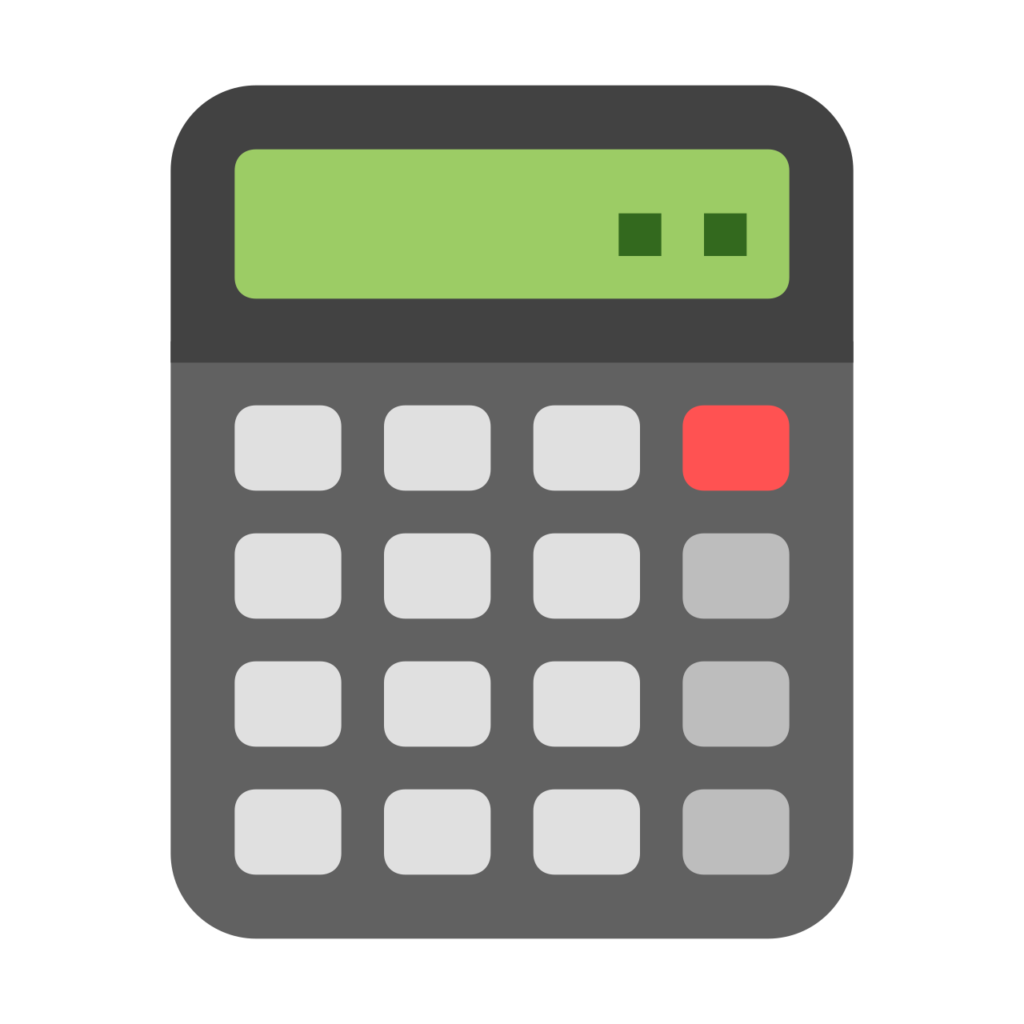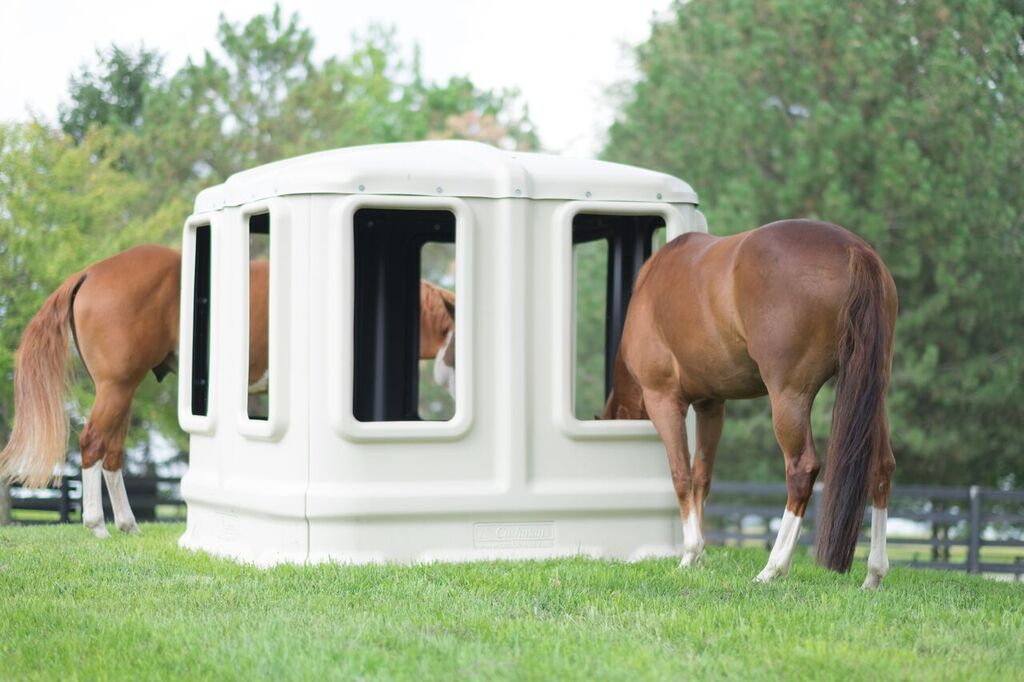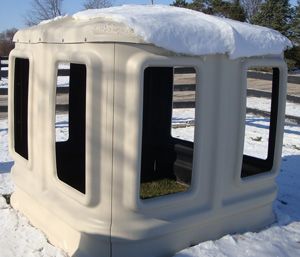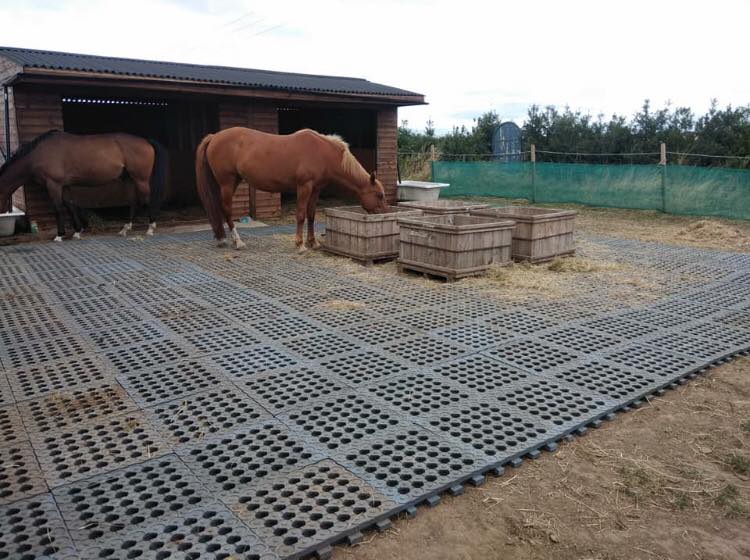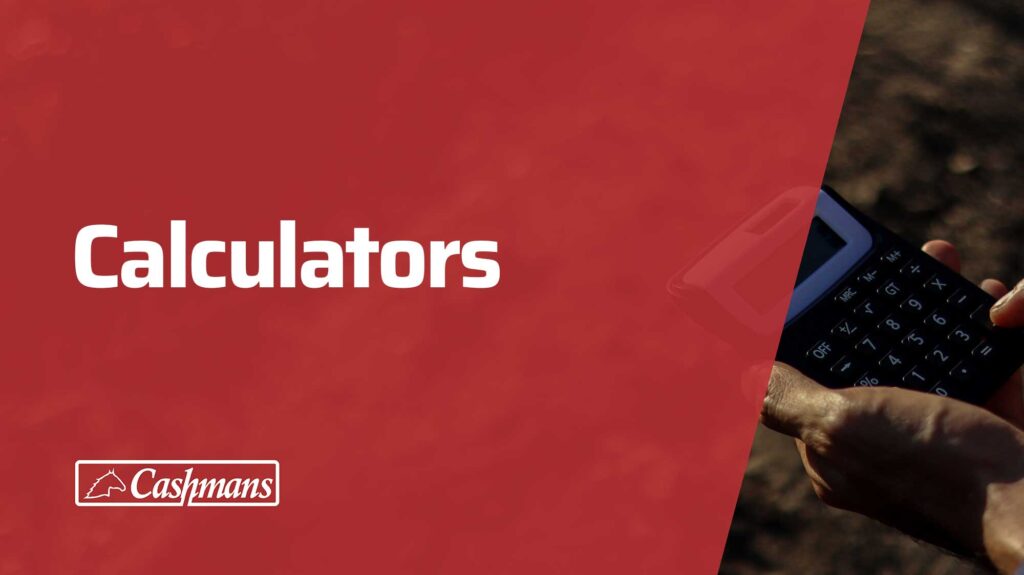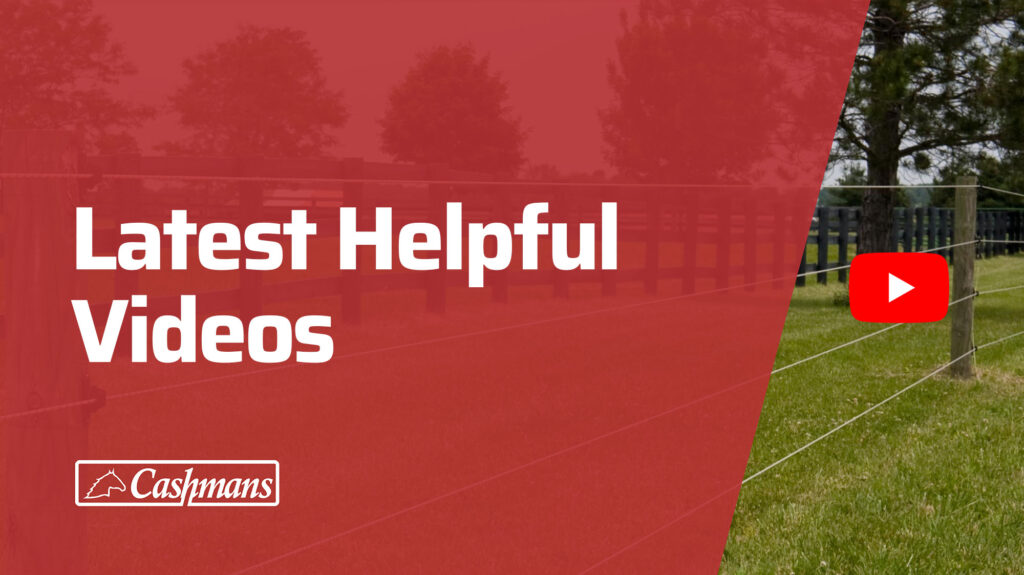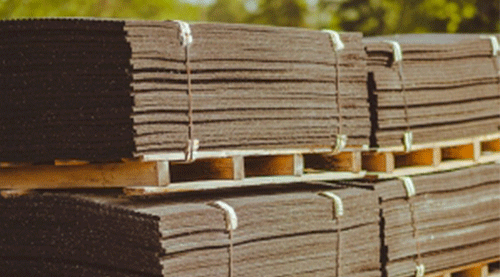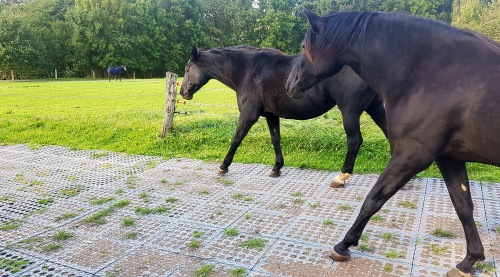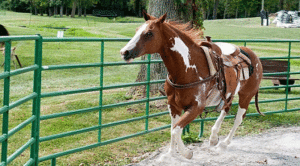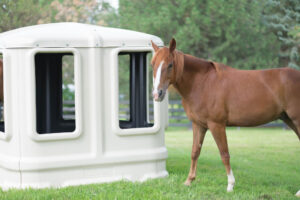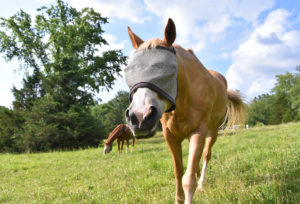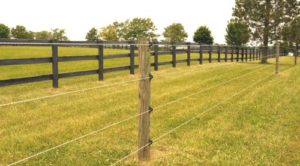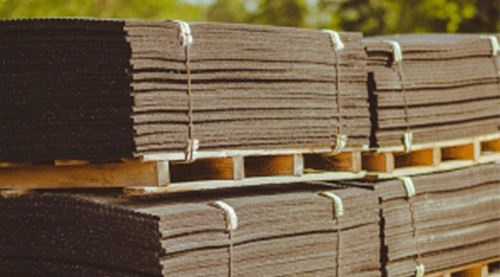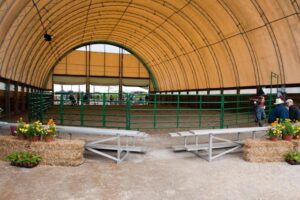
Finding the Right Outdoor Hay Feeder
by Lisa Kiley – published in the Horsemen’s Corral November 2020
As the weather begins to change, it is the time of the year when the pastures stop growing and the last of the available grass is soon to be only in your horses dreams of spring. There are a lot of different options for feeding hay and the amount of hay your horse will need as it gets cooler will undoubtably increase as the temperatures drop. It doesn’t matter if you make your own hay or purchase it, hay is expensive and one of the hardest things to watch is hay being wasted by horses because it gets trampled underfoot in the mud and snow or tossed around and used as bedding rather than dinner.
There are a lot of different feeder options that can help save your hay from being wasted and save you money on your feed bill throughout the winter and beyond. So, if you are thinking of investing in a feeder or would like to upgrade to something that work better for your horses and your facility, keep the following in mind:
Safety: The most important consideration of any feeder selected is to make sure that it has been constructed with a horse’s safety as the #1 priority. Horses are notorious for getting tangled up, hurting themselves, or testing (read: destroying) items that were not made to hold up. There are also some key differences between feeders that are made specifically for horses and ones that are made for other livestock, particularly safe bar sizing and height. This doesn’t mean that you won’t be able to get a feeder that will work for more than one type of animal, you will just want to choose something that is safe for all the animals that use it. Additionally, a feeder that is free of sharp edges, made of durable materials, and installed properly will be the safest for the animals in your care.
Bale Style: There are different feeders that are made for round bales vs. square bales. If you are using round bales, something that allows the horse easy access from all sides and is easy to load are usually the most important features. What works best will depend on how you get the hay into the feeder, do you have forks to load or is it something that will be filled by hand? Without the aid of a tractor, you would want the feeder to be light enough to be picked up and moved around and manageable enough to load regardless of the weather. There are also units that can accommodate round or square bales, these units are nice because they allow for flexibility without having to invest in a whole different feeder if your preferences on bale style change.
Size: The size of the feeder will depend on how many horses will be eating out of it and what size of bales will be used. Think about the horses that will be using the feeder, do they get along well enough to eat from one point together? Sometimes feeders can bring out the bully in horses, which means in a larger herd, some of the horses may be kept away from the hay. It’s important to monitor horses and confirm that each one is getting needed time at the feeder to keep their weight up and stay in good condition. Going into the winter, this is something that is specifically important for older horses that may be lower on the pecking order. In this case, having a couple feeders or a feeder that is big enough to comfortably allow sharing, or separating horses during feeding time to confirm each is getting the forage they need.
The Elements: Getting a feeder for your hay is just one part of the puzzle when it comes to savings on feed cost. Keeping the hay protected from the elements is another factor to consider. Covered feeders will protect the hay from the elements and help eliminate waste, not just by keeping the hay contained, but by also keeping the hay more palatable by resisting sun, rain, and snow. If your feeder doesn’t have a cover, think about situating it under the protection of a loafing shed to keep it from getting weathered, but make sure that horses still have ample access and are getting enough to eat. If you are just filling the feeders at mealtime and the hay won’t be out very long, uncovered feeders or hay cradles can work great for this purpose.
Other Ways to Save: Once you have picked out a feeder, there are still some options for saving even more hay and cutting feed bills. If the feeder is sitting in mud, any hay that does manage to get to the ground will be lost, but by placing the feeder on top of an all-weather surface, like compacted limestone, mud grid, or rubber mats, gives the horses another opportunity to recover fallen hay. Having a surface around the feeder will also make it easier to load and unload the feeder, preventing driving or trekking through a muddy mess to fill the feeder. Depending on the feeder style, slow feed hay nets can also be added to the feeders so that horses work a little harder to get their feed, which means less waste and mimics natural grazing which is healthier and curbs boredom.
Next month we will take a look at some innovative options for indoor feeders.
Shop Cashmans All Weather Hay Feeder HERE


